
Celebrating 7 years of The Narwhal — and gearing up for the next 7
Between a fresh take on engagement and our new life on video, our team is...
The first time Susan Haddon saw her home, she was so smitten with the gnarled Garry oak trees on the property she hardly looked inside the small bungalow before making an offer. The house, near Victoria, had been built around one of the property’s 16 oaks, which extended its lacy branches over the entranceway like a sun umbrella. Haddon knew the oaks, some likely at least 100 years old, were survivors. “They’re so rare,” she says. “They’re so unique to this part of the world … They’re so hardy, so beautiful.”
Haddon lives in Saanich, a district that joins the provincial capital of Victoria so seamlessly it’s hard to tell where one jurisdiction ends and the other begins. Like many parts of coastal south Vancouver Island, Saanich was once dotted with Garry oak woodlands, which unfurl a carpet of purple camas flowers in the spring. Indigenous Peoples tended Garry oak woodlands for millennia, burning them so the oaks could sink deeper roots and cultivating camas for its sweet and starchy bulbs.
Today, Garry oak woodlands are one of Canada’s most endangered ecosystems. Over the years, as Greater Victoria grew in puffs and blasts, the oaks disappeared and the woodlands shrank. Along with them, more than 100 at-risk species associated with Garry oak ecosystems, from butterflies and birds to insects and plants, lost habitat and populations dwindled. Some species formerly found in Garry oak meadows and woodlands, including Lewis’ woodpecker and the perdiccas checkerspot butterfly, became locally extinct. Only three per cent of Canada’s Garry oak ecosystem remains in a natural state.
As part of on-going efforts to preserve the urban tree canopy and remnants of the Garry oak ecosystem — efforts many say have been woefully inadequate — Saanich and other municipalities passed tree protection by-laws. At public hearings, citizens had a chance to ask questions of developers requesting rezoning, including those who proposed to cut down groves of Garry oaks. Councils, with an eye to protecting the environment, had the right to request changes to rezoning proposals and development plans. They might ask a developer to build a few units less or to tweak a design to save old-growth, mature trees and green spaces.
But then came Bill 44.
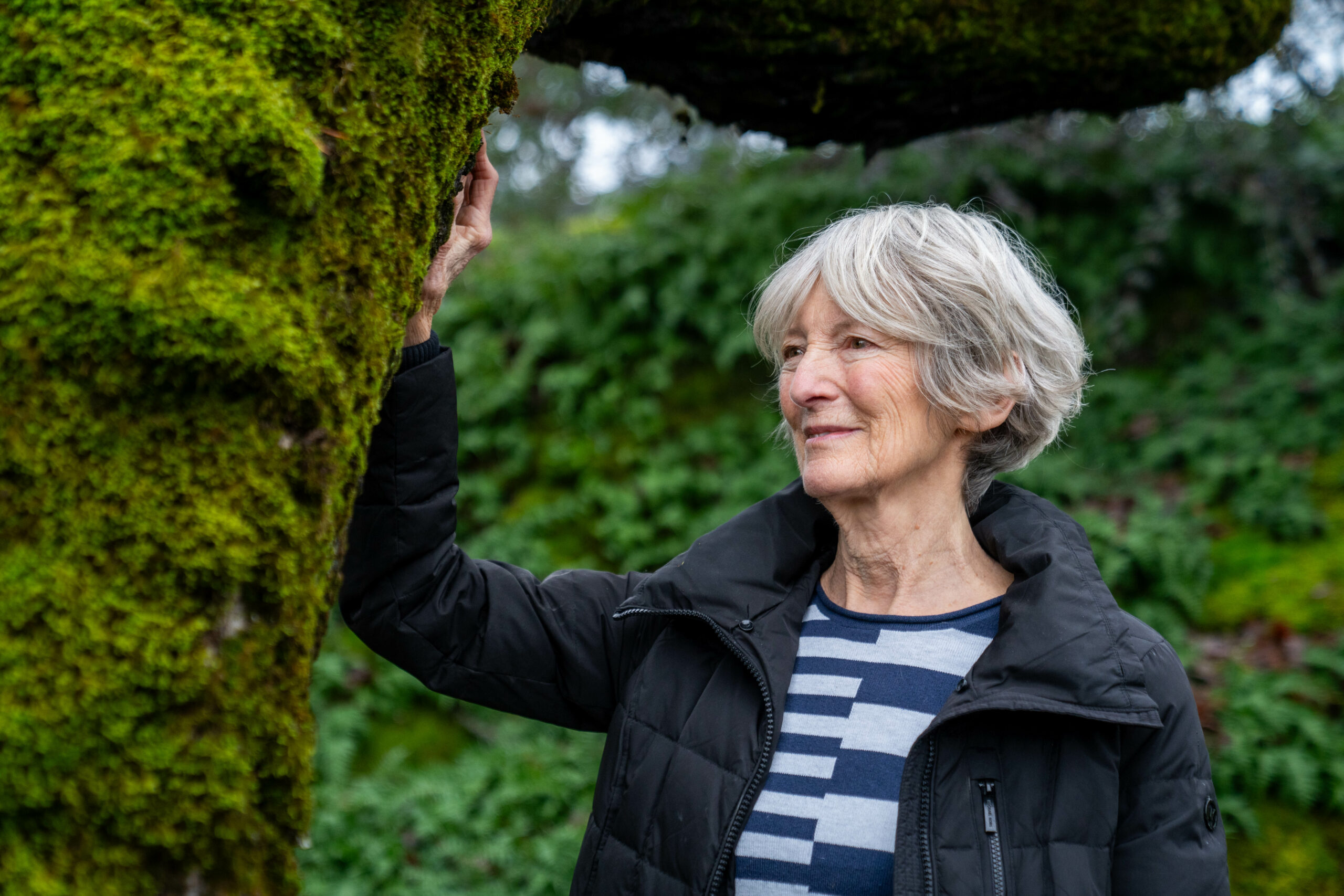
Passed at the tail end of November, after the majority BC NDP government invoked closure and shut down debate in the legislature, the bill aims to address the province’s deepening housing crisis. In a nutshell, the new legislation takes aim at single family zoning. It overrides the ability of municipalities to decide what type of housing is built on the majority of residential land in the province, upending years of community planning informed by public consultations.
In a one-size-fits-all approach to a housing crisis decades in the making, the legislation automatically permits construction of three to six residential units, such as row houses, townhouses and triplexes, on most single family lots in communities with populations greater than 5,000 all over the province. It severely restricts or eliminates all public hearings, tilting the scales in favour of real estate developers. It makes it far more challenging, and perhaps impossible, for municipal councils to protect Garry oaks, or any other trees, wetlands or ecosystems — much less ask developers to alter construction plans to safeguard urban tree canopies and wildlife.
B.C. Housing Minister Ravi Kahlon says Bill 44, the most far-reaching of three housing bills passed Nov. 30, will help solve the province’s growing housing crisis. According to the government’s economic model — which it declined to release before Bill 44 became law — the legislation could create 130,000 new homes over 10 years. Some housing advocates herald the legislation as an important first step to increasing supply and hopefully easing prices. Others, including Green Party MLA Adam Olsen, point out it contains no provisions for affordable housing to offer respite for renters and non-home owners who have been priced out of the market.
Haddon and others are deeply concerned about the bill’s potential environmental impacts. They say the legislation introduces a serious new threat to Garry oaks on private land, where most remaining oak trees and woodlands are found. And that’s far from all. B.C.’s Bill 44, they point out, threatens urban forest canopies that provide shade during heat waves and heat domes, soak up water during extreme rainfall events, proffer multiple health benefits and supply wildlife homes and movement corridors, including for species at risk of extinction. At a time when many cities around the world are planting trees and creating green corridors for people and wildlife, they say the legislation will make it far more difficult for B.C. municipalities to protect the province’s urban forest canopy — a canopy already insufficient, they note.
Kahlon says the government plans to introduce legislation this spring to address “inclusionary zoning policies” so municipalities have the ability to require a certain percentage of affordable housing units. He also says new housing must adhere to existing provincial environmental legislation, including waste management and drinking water regulations. “Every project has to respect the pieces of legislation that are in place to protect the environment,” Kahlon tells The Narwhal. “We think that if we’re going to build housing — because we need to build it — the plan we propose is the most sustainable way to do it.”
But B.C. lacks legislation to protect or enhance urban tree canopies. It also has no stand-alone legislation to protect species or ecosystems at risk of extinction. And even though Bill 44 doesn’t remove local environmental protections such as tree by-laws, the new legislation says municipal rules can’t “unduly restrict” density — a phrase open to interpretation, which observers fear will allow new development to trump efforts to preserve urban trees, forests and greenways, even as the climate crisis deepens.
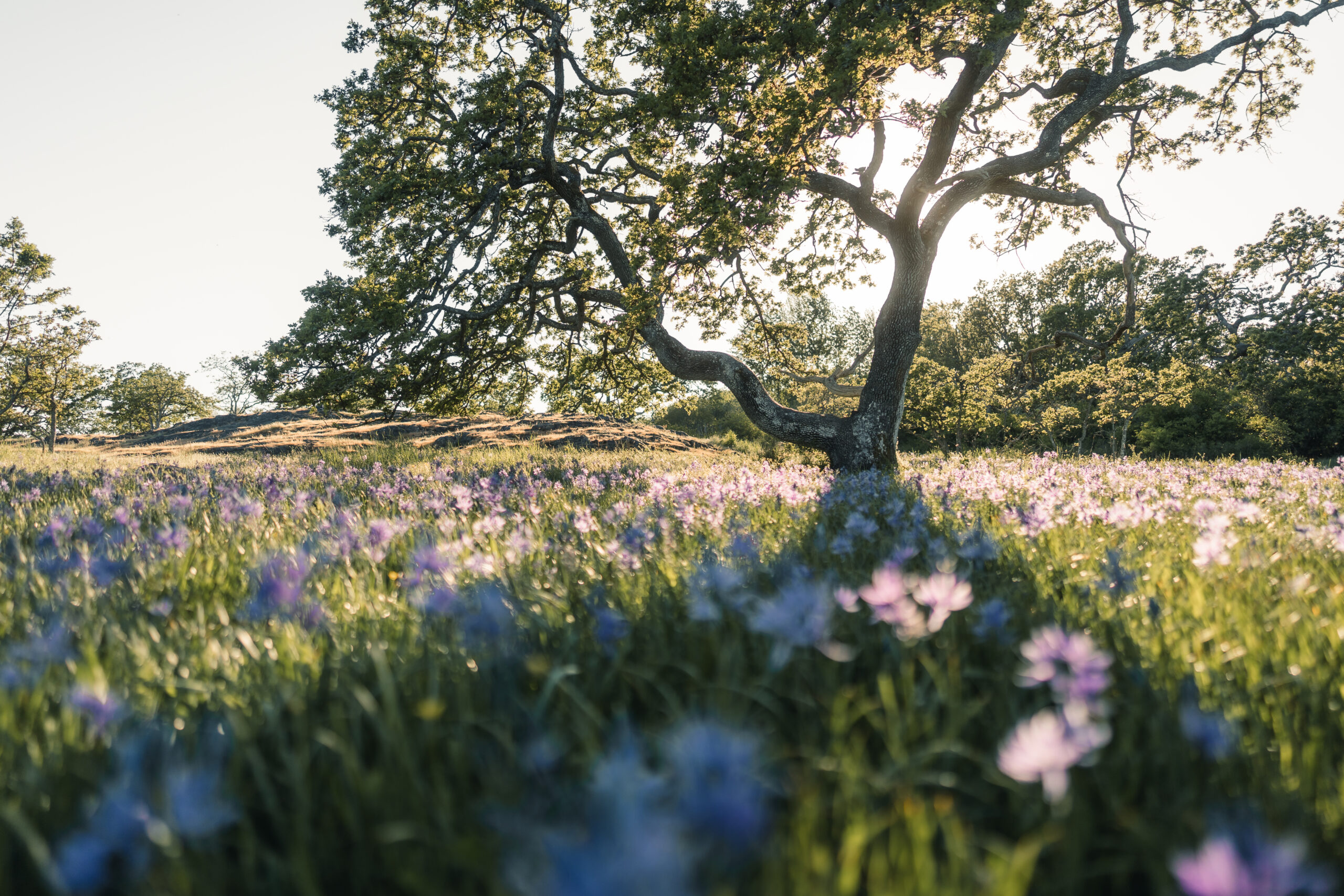
Haddon, the president of her local community association, supports increasing density and building new housing; her own adult children struggled to find affordable places to live. But, she says, the province needs to do a “better, more thoughtful job of adding housing, without hurting the environment in a climate crisis and [during] a rate of species loss that we’ve never seen before.”
Under the new legislation, if Haddon and her partner Peter sold their home, a developer or other new owner could knock it down and build four housing units on the property to sell at market prices — with no requirement that any unit be rental accommodation or affordable. The Garry oaks might all be chain-sawed, with little or no thought to protecting the canopy where northern flickers, chestnut-backed chickadees, varied thrushes and dark-eyed juncos flit on a raindrop-spattered morning in late January and bright green Pacific tree frogs maintain a cheerful, croaking chorus. Already, the district of Saanich says its tree protection regulations will require review.
“It’s horrifying,” Haddon says of the legislation’s potential environmental impacts. “It’s potentially irreversible. I think the community understands that housing is needed, but there are probably better ways to make it happen.”
As real estate developers assemble lots, the same scenario could be repeated up and down Haddon’s street, which borders Cedar Hill Park, one of the region’s largest urban parks. Many native mature trees — including native species such as arbutus and Douglas fir — stand to be lost. The park, which has a golf course and is fringed by Garry oak woodland, painstakingly restored by a bevy of volunteers who spend hours every Monday digging up invasive species like thorny Himalayan blackberry, could lose its protective buffer zone.
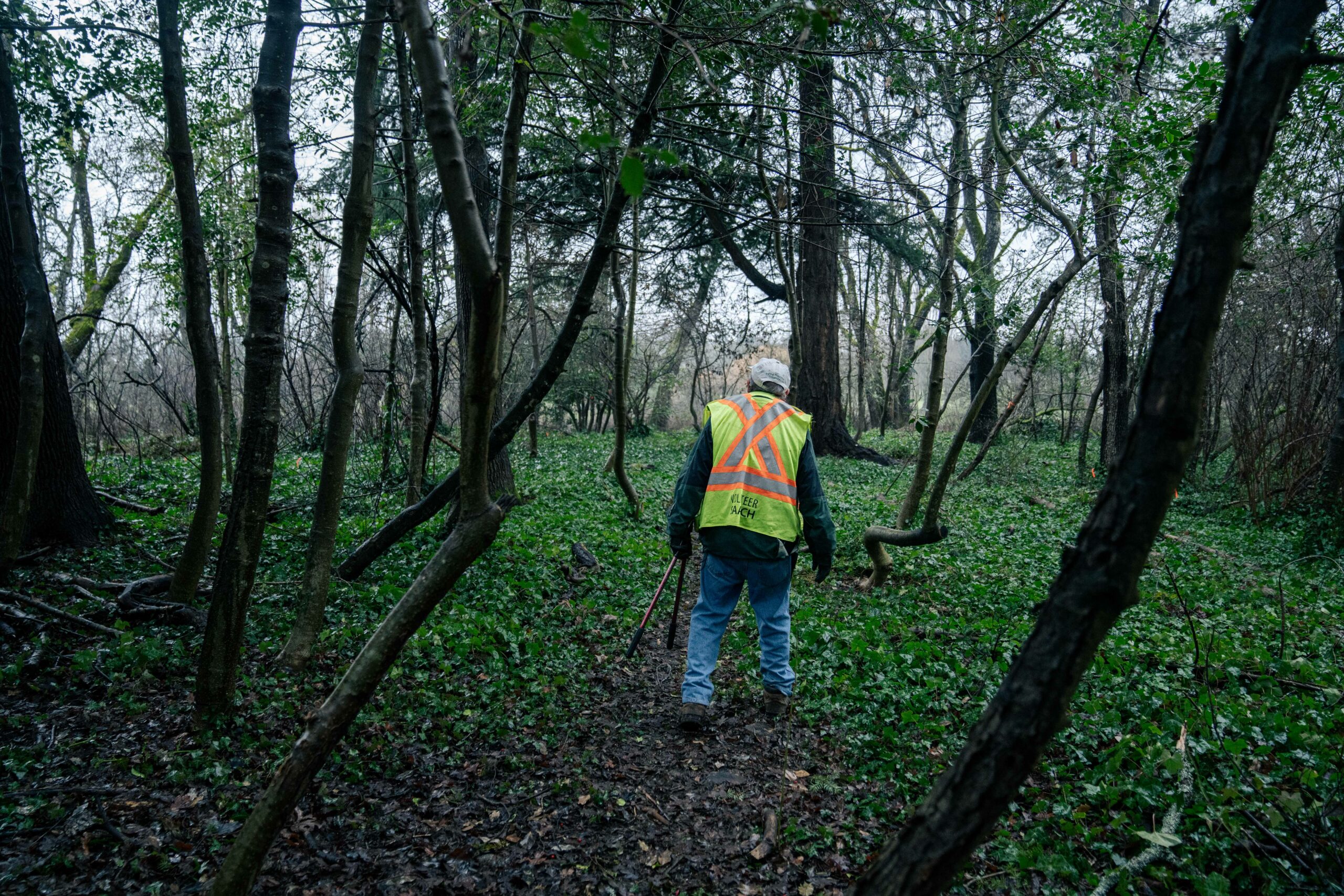
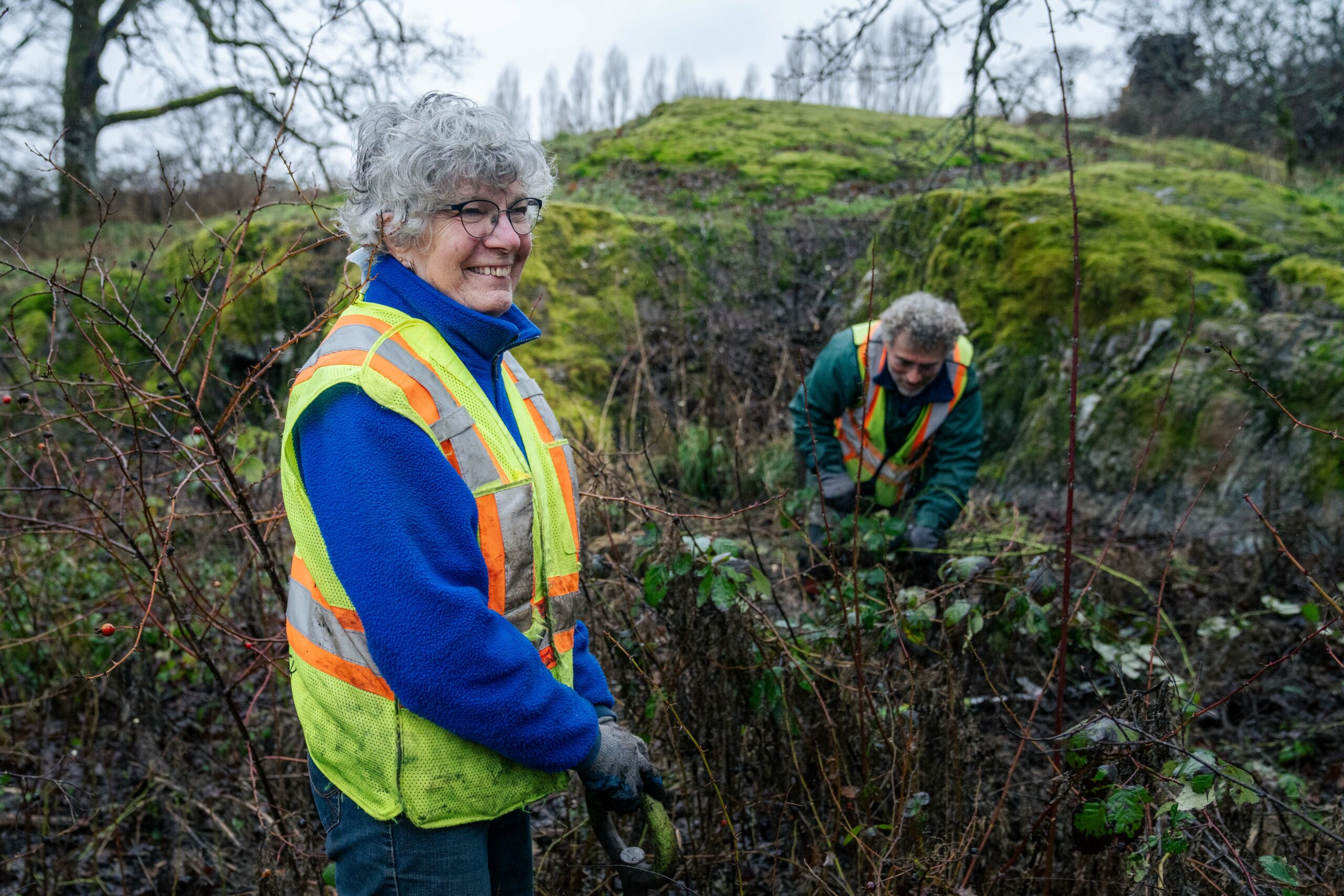
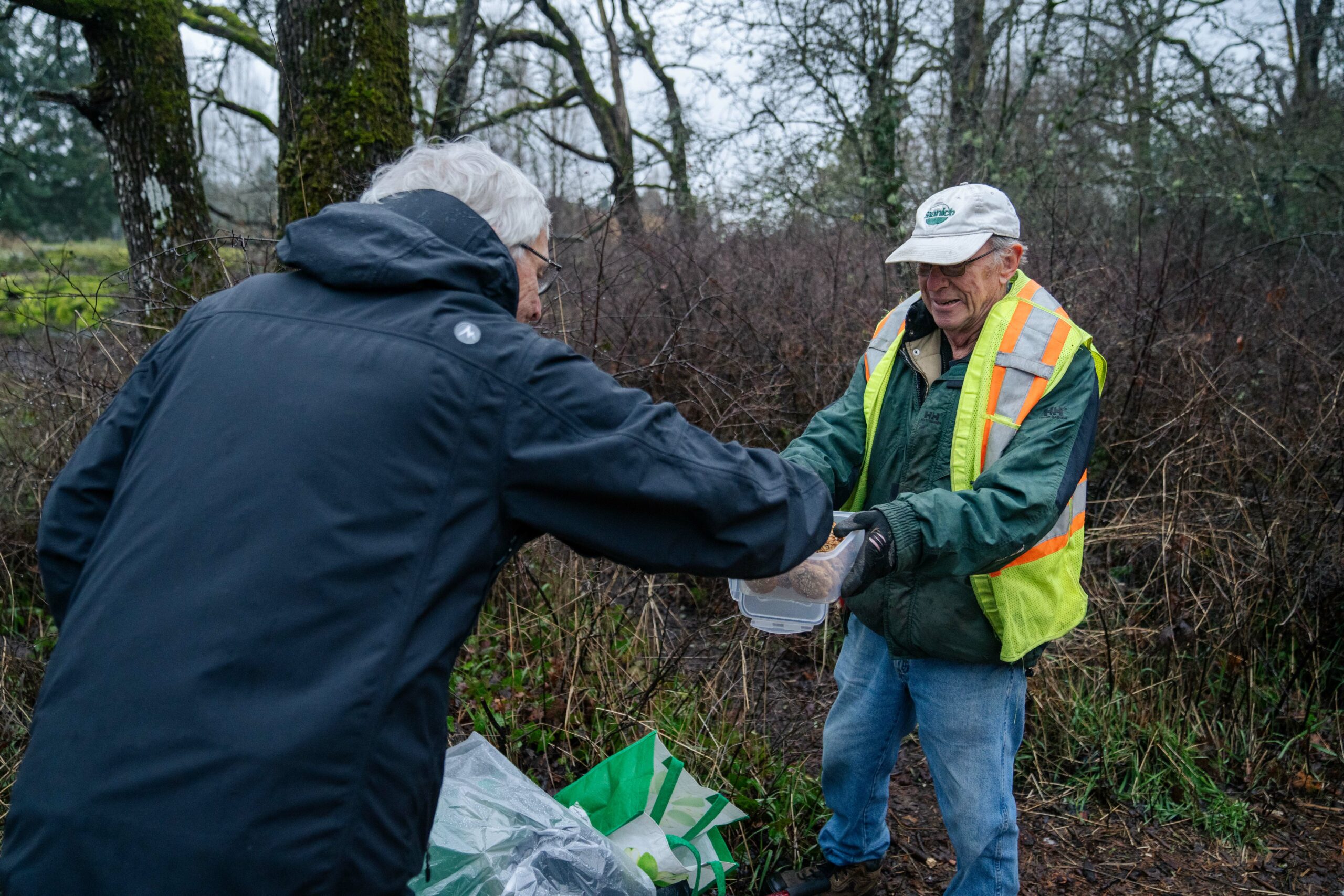
B.C.’s Bill 44, according to Ryan Senechal, could undermine many years of efforts to protect and recover the Garry oak ecosystem. Senechal, an urban forester, is president of the Garry Oak Meadow Preservation Society, a grassroots group dedicated to preserving, protecting and restoring Garry oak and its natural habitats. He says the ecosystem is already suffering “death by a thousand cuts.” In 1800, Saanich was home to almost 3,500 hectares of Garry oak ecosystems. By 1997, the last year for which data is available, only 192 hectares remained.
“We don’t have really strong mapping showing existing populations of Garry oaks right now,” Senechal says. “And that is pulling us back.”
Senechal is standing at the corner of McKenzie Avenue, a busy, four-lane arterial road, and Rainbow, a side street, bounded by a playground and older single family houses, which leads to the Swan Lake Christmas Hill Nature Sanctuary, several blocks away. The sanctuary includes a lake, marshy wetlands and a Garry oak ecosystem on Christmas Hill. In front of Senechal, on the lawn of the property, the twisty branches of a grove of mature Garry oaks reach for the sky.
Next to him is a large white sign letting people know the corner property, along with the two adjacent lots on McKenzie, is subject to a rezoning application. Abstract Developments, a residential and commercial development company based in Victoria, proposes to build a six-storey building with 104 residential units and one commercial unit — a height and density not permitted in Saanich’s current official community plan.
Abstract Developments initially said it would have to remove the Garry oaks. But following three opportunities for official community engagement and door-to-door conversations with neighbours — along with district staff’s recommendation the design be refined to retain more trees, with an emphasis on Garry oaks — in October the developer said it is willing to revise the design with the aim of preserving more trees. Saanich has not yet made a final decision about the development, but now it’s not clear how much of a say the district will have.
Across McKenzie, mature Garry oaks stand on a row of properties that are the subject of a rezoning application from Urban West Architecture. The firm wants to remove more than 20 trees, including Garry oaks, for a six-storey, 84-unit, multi-family building. In the winter, the McKenzie Avenue oak groves form a welcoming arbor for motorists entering the city from the TransCanada or Patricia Bay highways; in the summer, they’re a big splash of green above the concrete of a busy thoroughfare.
If the oaks disappear, Senechal says the Swan Lake nature sanctuary will become even more of an isolated island of biodiversity, increasing the risk to the plants and other sensitive wildlife species within its borders. “The urban area is the Garry oak ecosystem,” he says. “That message has been missed. “It’s shrinking, largely due to human development. And as we continue to fragment the existing areas … we lose those corridors where biodiversity can thrive, and that has implications for species at risk.” Those species include birds, invertebrates, reptiles and plant communities.
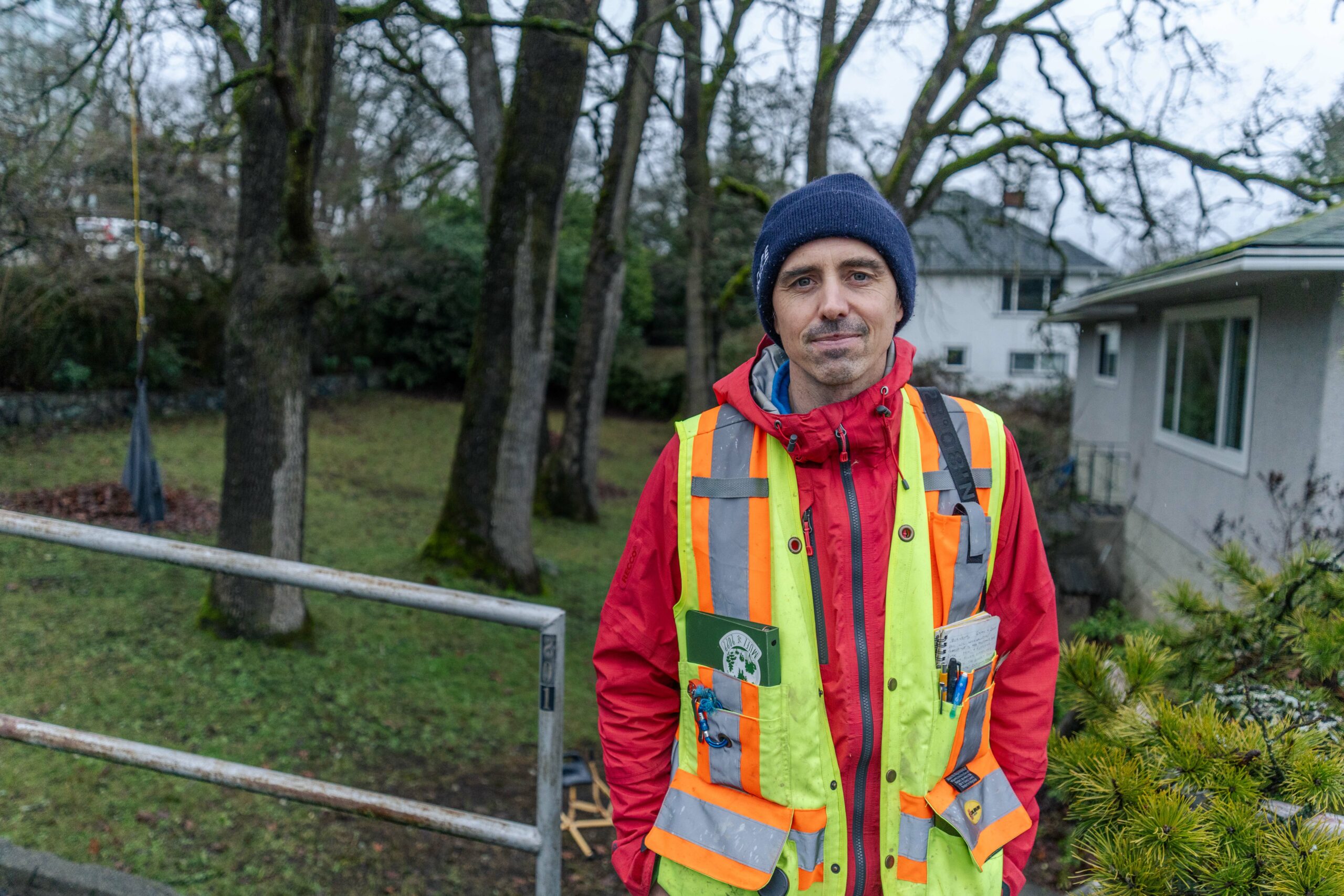
Under the new legislation, the public hearings that precipitated greater tree retention likely wouldn’t have taken place and opportunities for public input would be greatly reduced or eliminated. Senechal says the Garry oak woods could be removed automatically without a second thought. The province watched the housing crisis worsen for too long, he says. “Now we have to make quick, hasty decisions … to respond to the crisis of availability and affordability of units.”
Many municipalities already lack environmental monitoring capacity, including mapping and inventories of species at risk, Senechal points out. As the new housing legislation threatens the Garry oak ecosystem and urban forests, he says “it’s pretty convenient that we have this under-capacity environmental monitoring and mapping and inventory piece.” Monitoring and assessments need to take place to understand the legislation’s short, medium and long-term impacts on at-risk species, Senechal says, “and even species that aren’t at risk right now, but once we hit a critical turning point, could be at risk very quickly.”
Eight kilometres away, the town of View Royal sits on the traditional lands of the Esquimalt and Songhees First Nations. Named by settlers for its superb views of the Esquimalt harbour, View Royal is one of 13 municipalities and three electoral areas that comprise the Capital Regional District — an area, according to the district’s website, “renowned for its mild climate, beautiful coastlines and natural ecosystems.”
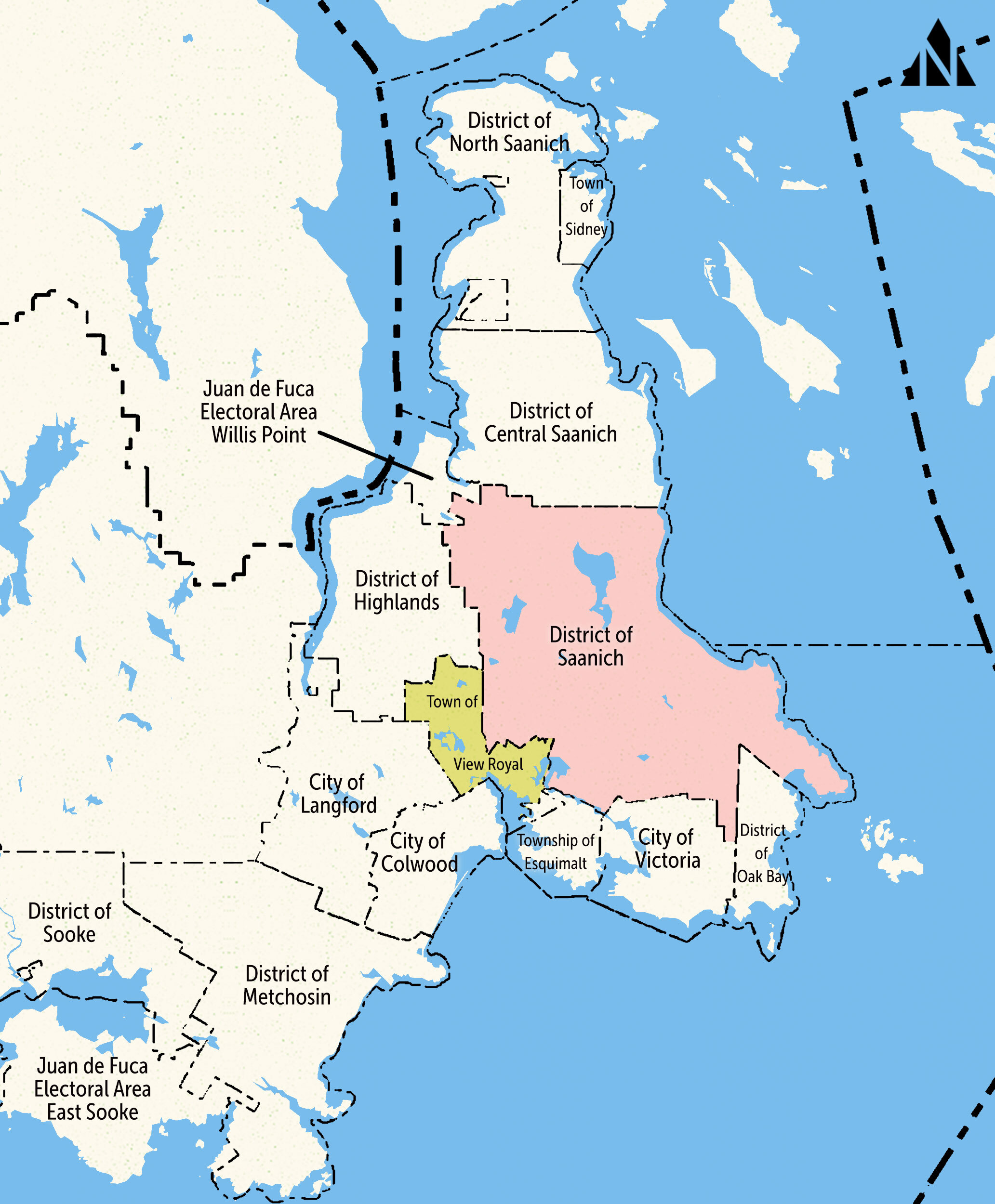
View Royal is a place most people pass through on the TransCanada highway that slices in two the municipality. The town, shaped like a puzzle piece, has a little bit of everything. On the north side of the highway stands the biggest hospital on Vancouver Island. New apartment blocks are under construction nearby.
The town is home to Thetis Lake regional park, a forested dog-walking, hiking and swimming destination, along with Vancouver Island’s largest casino and a RV park that, years ago, foreshadowed the housing crisis when it filled up with year-round live-in vehicles. Two salmon-bearing creeks drain into the sheltered harbour, where orca whales breach and herring spawn. Everywhere you look in View Royal there are mature trees — leafy, red-trunked arbutus, tall Douglas firs, wizened Garry oaks. A wall-sized 2021 aerial photograph of the town in the council chambers shows as much green as grey and brown.
“We’ve had people that moved from other communities, including Langford, to View Royal because of the preservation of trees,” View Royal Mayor Sid Tobias says, pointing to the swathes of green on the council chambers map. (Langford is an adjoining municipality that eliminated much of its urban forest, including Garry oak, to make way for big box shopping, roads and housing developments.)
Tobias, who spent 25 years in the Canadian Armed Forces, is in his first term as mayor, a part-time job he balances with his work as director of digital services for the B.C. Environmental Assessment Office. He was persuaded to run for public office, he says, by View Royal residents who wanted to ensure development was balanced with other community values: affordable housing, reducing the town’s carbon footprint, green spaces and proximity to nature, walkability and places for community members to gather. To that end, the town offers its own rebate for heat pumps and free trees for homeowners to plant, while rain gardens grace its boulevards, helping to prevent flooding during rainfall events and absorbing contaminants from vehicle tires and other traffic run-off.
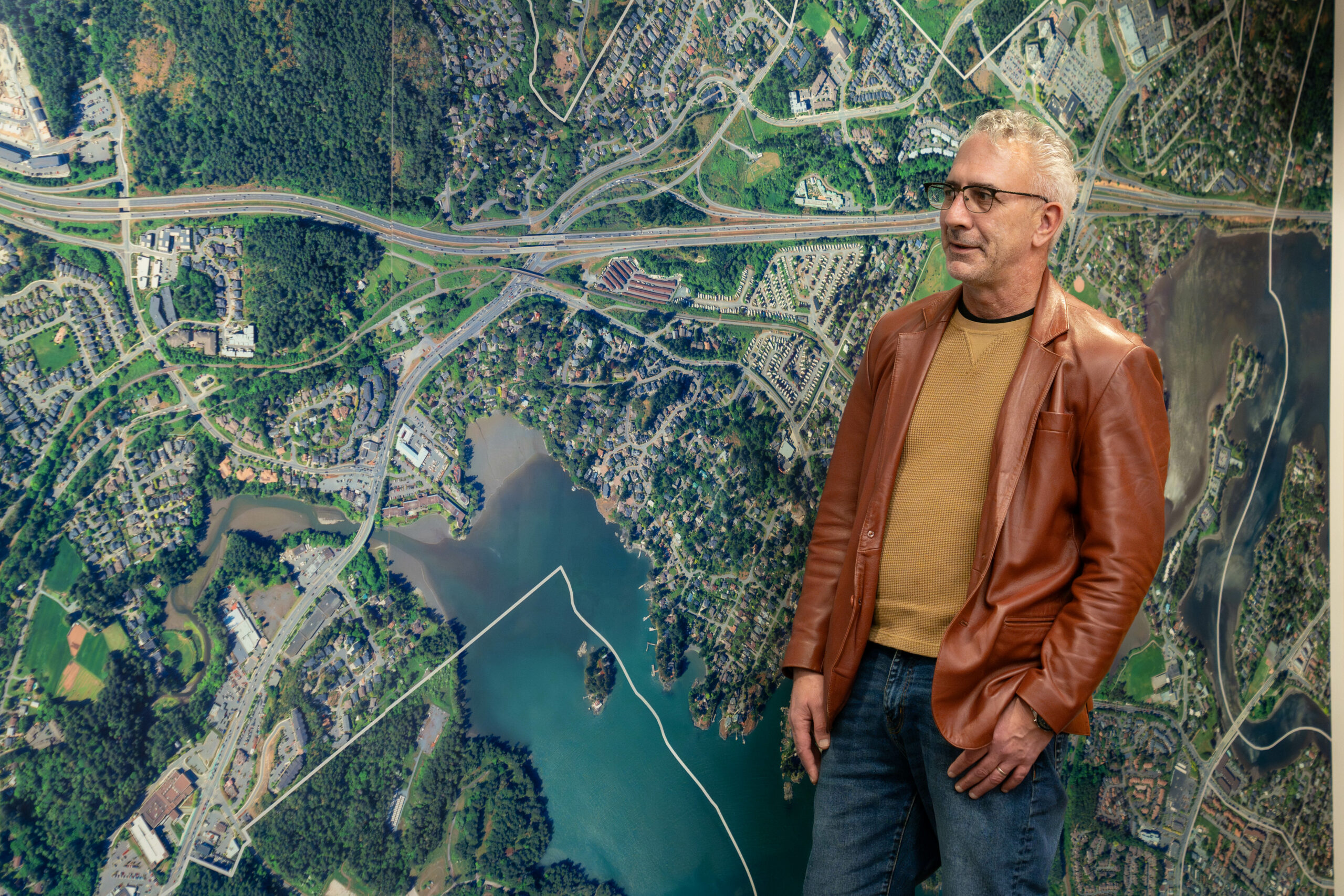
The new legislation, Tobias says, could lead to “a catastrophic loss in native trees.” The town’s current bylaws require two trees to be planted for every tree that is cut down for development. “But let’s face it, none of us are going to be alive for those things to shade your foreheads,” Tobias says. “And if you’re doing that on scale, you just don’t get the same growth back.” The town is in the process of reviewing its urban forest strategy, with an eye to planting more drought-resistant native tree species, Tobias says. But now he’s concerned the “unduly restrict” clause in the legislation will undermine that strategy.
Tobias and other View Royal council members are dismayed by the provincial government’s cookie-cutter approach to the housing crisis, the lack of consultation with municipalities and people around the province and the lack of transparency about any input into Bill 44 from developers who have long advocated for increasing density.
The Urban Development Institute, an association representing property developers, related professions, municipalities and non-profits with a focus on advancing real estate projects, has heavily lobbied on housing issues, including for policy changes. According to the B.C. Lobbyists Registry, during the 12 months before Bill 44 passed into legislation, the institute lobbied the B.C. government 80 times on matters related to housing. The institute directly lobbied B.C. Housing Minister Ravi Kahlon 25 times. Urban Development Institute president and CEO Anne McMullin was not available for an interview and the institute did not respond to written questions from The Narwhal or make anyone else available for an interview.
Tobias points to View Royal’s track record on building housing. He notes the town is well ahead of other municipalities in the Capital Regional District. From 2016 to 2021, housing builds increased just over 20 per cent in View Royal, compared to 8.5 per cent in B.C. and just three per cent in the district’s core municipalities of Victoria, Saanich, Oak Bay and Esquimalt. As of late October, 690 homes in View Royal were under construction, while rezoning and permit applications for an additional 500 homes were under consideration.
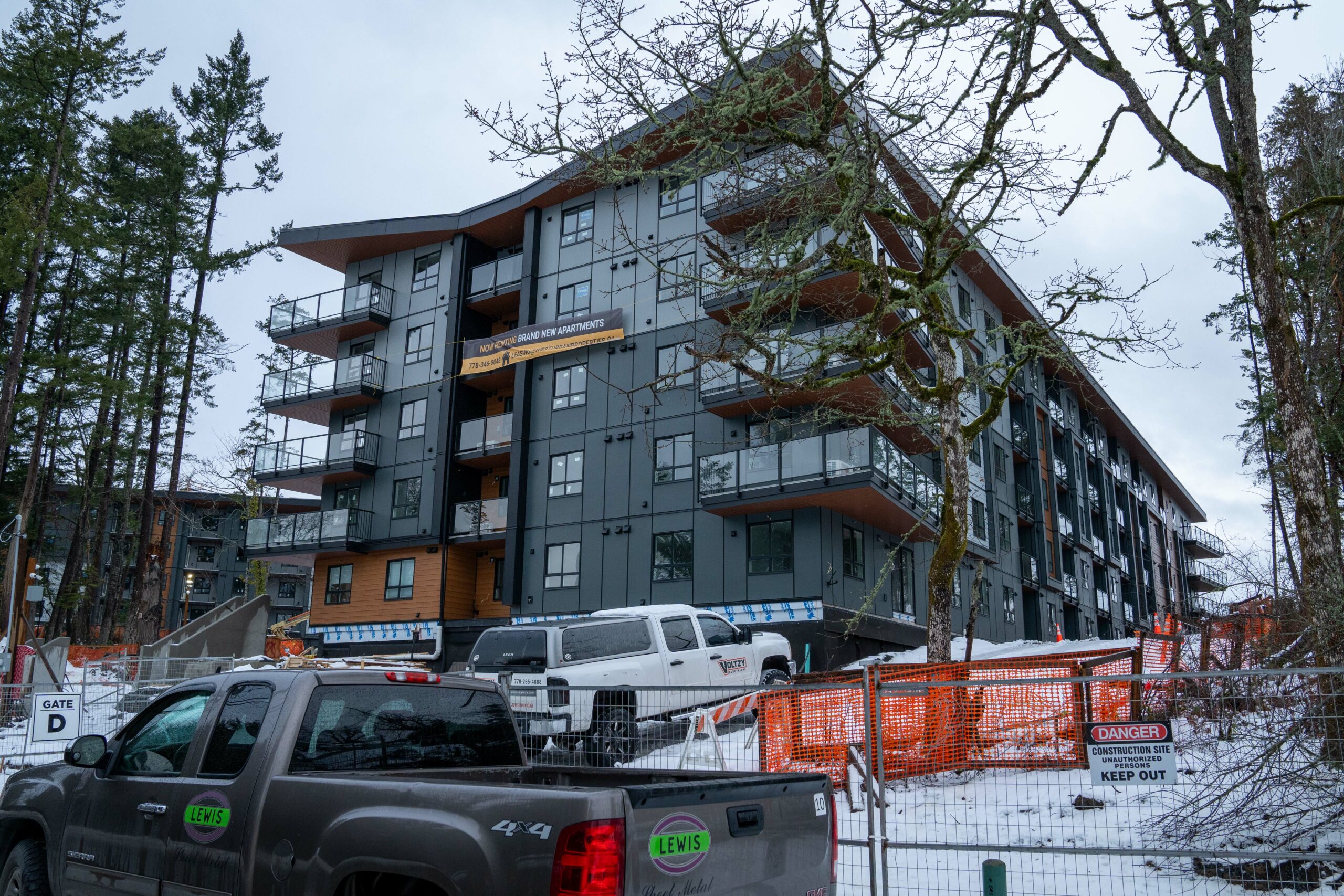
Why can’t the town continue to make its own housing decisions, balancing new home builds with environmental protection and liveable neighbourhoods, Tobias asks? “How do I find some balance … how do I build a future that’s worth living? And that’s my challenge.” He’s particularly concerned about the new legislation’s provision for six units on lots with single houses or duplexes that are bigger than 280-square-metres and within 400-metres of a bus stop. Most of View Royal is within 400-metres of a bus stop, the town council points out.
In addition to restricting or eliminating public hearings for any such developments, the legislation also eliminates off-street parking requirements. Tobias says that’s a particular safety concern in View Royal where so many residential streets are winding and narrow and either don’t have sidewalks at all or only have sidewalks on one side of the street. He also points out that municipalities will have to come up with the money to build sidewalks and other infrastructure like sewers and water lines. The legislation allows development to go ahead regardless of infrastructure capability.
“The impact on the town is really significant. As a mayor of a town of 12,000, my biggest concern is that knowing that View Royal will grow, how do we balance infrastructure with supporting and welcoming new residents for View Royal? … How do we build in a way that integrates a healthy community? … Do I have the amenities that I need to be able to support that growth?”
Tobias also worries about the legislation’s unintended consequences. The legislation makes no provisions for affordable housing, he points out. He’s already seen affordable apartment buildings torn down in View Royal to make way for expensive condos with high-end stainless steel appliances and marble countertops the displaced residents can’t afford. New developments have stripped forest cover near the highway, bringing highway traffic noise into neighbourhoods previously sheltered from the constant roar. As trees are cut down and new housing developments automatically proceed without locally mandated mitigations, B.C.’s Bill 44 stands to bring highway traffic noise into more of View Royal’s communities, Tobias says.
One week before Bill 44 became law, View Royal organized what it called “The Last Public Hearing,” a community meeting to discuss the province’s housing policy and its impacts on View Royal residents. View Royal’s concerns run so deep that in November, Tobias, with the unanimous support of council, asked B.C. auditor general Michael Pickup to audit Bill 44. “The legislation’s implications, particularly concerning the absence of public and municipal engagement, warrant a thorough investigation to ensure transparency, accountability, and alignment with governmental priorities,” Tobias wrote to Pickup.
He told the auditor general it was crucial to understand who was consulted during the development of this legislation “and why there was an apparent omission of wider public and municipal input.” The absence of broad engagement raises questions about the foundational basis of the bill, Tobias wrote, saying “it is essential to investigate whether the formulation of this bill aligns with evidence-based practices and is consistent with the government’s stated priorities, especially in areas such as climate action and other policies.” He also requested an investigation into the decision-making process. “This should focus on ensuring that the standards of conduct expected in positions of public trust are adhered to. Specifically, the audit should inquire into whether there were any breaches regarding conflicts of interest and the possibility of preferential treatment in the formulation of Bill 44,” Tobias said. View Royal is in the process of revising its audit request now the bill has passed into legislation.
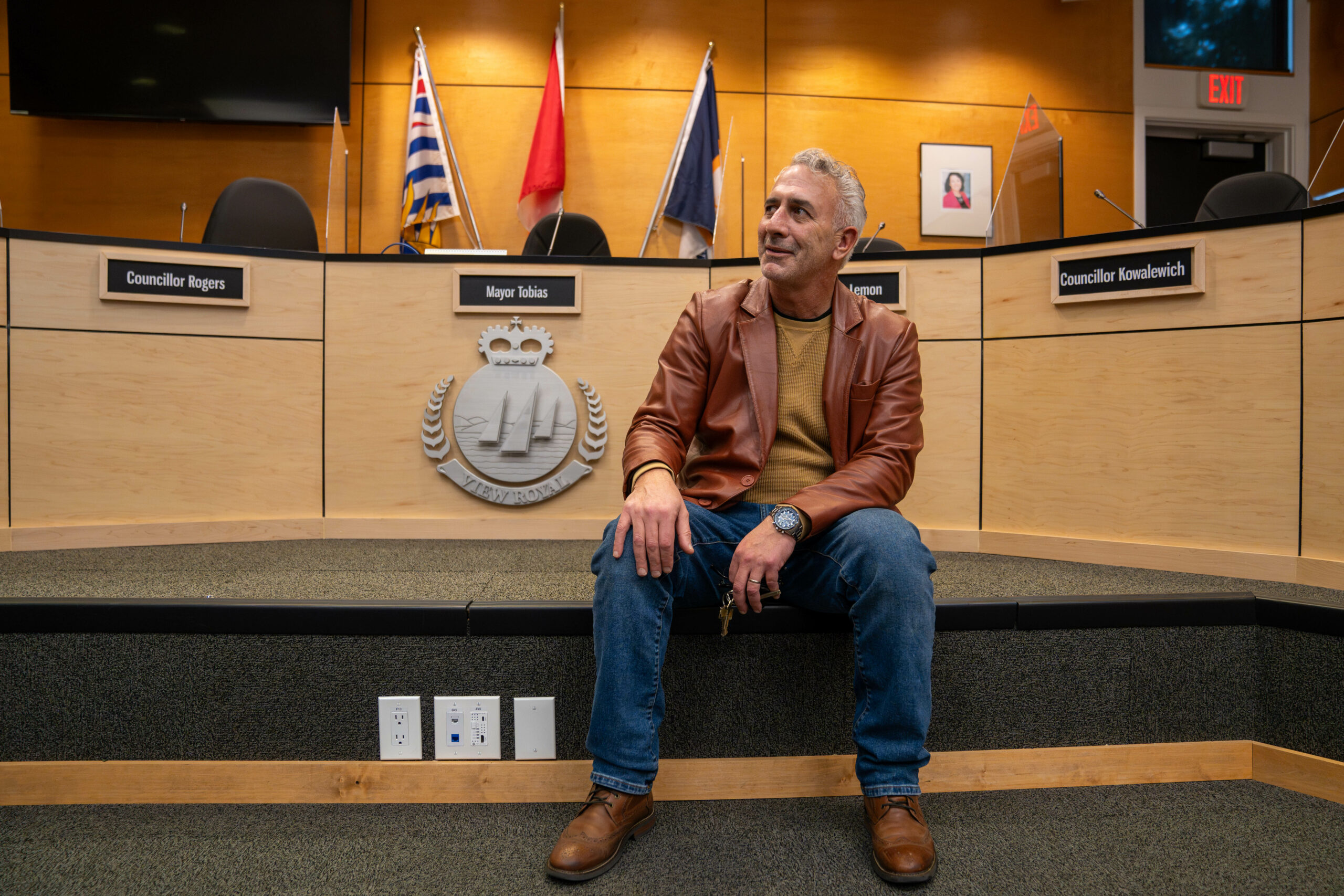
The Union of BC Municipalities, too, has publicly expressed concerns about the new legislation. While recognizing the urgent need to address the housing crisis, the union says the shift “towards prescriptive, centralized planning comes also with risks and potential unintended consequences.”
Union president Trish Mandewo says many municipalities are shocked by the new legislation and feel angst as they wait to see its impact. “That uncertainty, I think, is what’s really killing everybody,” Mandewo, a Coquitlam councillor, says in a telephone interview. The government consulted an unknown number of municipalities prior to passing the legislation — those municipalities had to sign non-disclosure agreements, according to Mandewo, meaning they could not share information.
But Mandewo says the government missed an opportunity to widely consult municipalities around the province, many of which were already in the process of making it easier to build new housing. “We do not need to be having the province or the feds telling local governments what to do.” The legislation, she says, is taking away local government autonomy. “We are the ones that are on the ground. We are the ones that are closer to the people. We know our streets, we know our roads. We know the challenges that we have in our areas.”
One unintended consequence of the legislation is that municipalities don’t have the resources — either funding or staff — to build new infrastructure, such as sidewalks and water and sewer lines for new development, Mandewo points out. “The infrastructure is not set up to handle that kind of growth. And also, you have local governments that have been planning along the way and really creating complete neighborhoods. So now, by putting this bill in, it sets everything back.” Municipalities have so many questions and concerns the union is hosting a housing summit in Vancouver for local governments on Feb. 13 and 14 to consider the effects of the new legislation.
Olsen, who represents the Capital Regional District riding of Saanich North and the Islands, says the new housing legislation continues a colonization pattern that leaves First Nations out of the equation while continuing to take up their traditional territory. “I can’t go one inch off of the Indian reserve that I grew up on and not run into residential or real estate development,” Olsen, a member of the Tsartlip First Nation on the Saanich Peninsula, says. “First Nations in urban areas are completely surrounded.”
“Our entire territory has been parceled up and developed, and the provincial government wants to have zero engagement on that.”
The MLA, who repeatedly raised concerns about Bill 44 in the legislature during question periods, says most people are still not aware of the impact the bill could have on their neighbourhoods. “The public was not engaged on this in any way,” he says.
He’s worried about what he calls “the growing levels of autocracy” in B.C. For three years in a row, Olsen points out, the BC NDP government has introduced sweeping statutory changes at the end of the fall legislative session, right before the Christmas holidays. “This is not how a responsible democracy operates. A government should not be afraid of the public seeing their legislation.” The BC Greens and BC United (formerly the BC Liberals) offered to stay in Victoria to debate the housing legislation if the government extended the legislative session, Olsen notes, but the BC NDP refused. (The Narwhal reached out to BC United and the BC Conservatives, whose MLAs also voted against Bill 44, but did not hear back.)
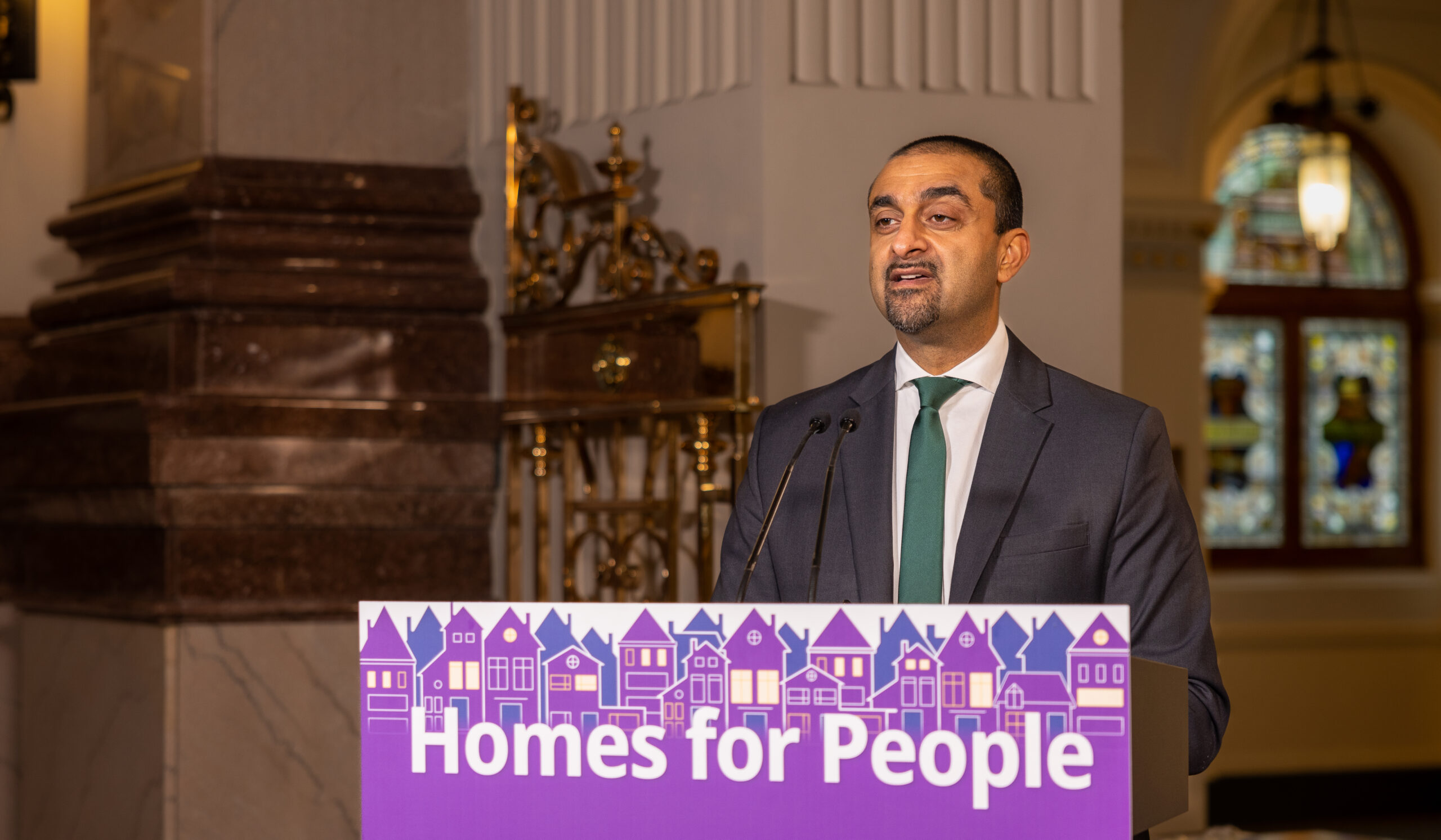
Prior to Bill 44’s passage, Kahlon said the legislation will lower housing prices by seven to 14 per cent over the next five years, but the government did not release any details about how it arrived at that figure. Olsen says there’s no solid analysis to back the figures and any change will take time. “This initiative was about good feelings that the government wanted people to have, rather than an urgent response to a housing affordability crisis.” He says it’s no coincidence the “good feelings” are generated during a year voters go to the polls, with a provincial election scheduled for Oct. 19. Instead of stripping municipalities of decision-making power and leaving it to the profit-driven private sector to build housing, the BC Green Party says the government should immediately create a public housing and social housing program that secures housing for people at a rate they can afford.
According to Kahlon, local governments will still have the flexibility to move housing onto different parts of a parcel of land under development to ensure “other things that are prioritized get protected.” “In fact, the legislation even goes further and says that in many cases, we prefer them to have less parking being built so we can protect more green space, and at the same time have housing,” he says, noting the new legislation will have the added environmental benefit of reducing sprawl.
As urban forests disappear, people and property are affected in a myriad ways, according to Stephen Sheppard, director of UBC’s Collaborative for Advanced Landscape Planning in the department of forest resources management. Trees and other vegetation soak up rainwater and stormwater, reducing flooding and property damage during precipitation events linked to climate change. A substantive, mature tree canopy can also provide life-saving shade during heat domes, Sheppard, a professor emeritus whose research focuses on climate change planning and the social aspects of forestry, points out.
The cooling effect of a substantial mature tree canopy — “which is already inadequate in most downtown and urban areas in many cities in British Columbia” — can be several degrees, he says. “It can make the difference between life and death and extreme situations.” Social interventions such as air conditioning can help reduce the damage, “but we have to think about the costs.” Sheppard says we’re going to need mature or maturing urban tree canopies over the next thirty years, pointing out that saplings planted to replace mature trees cut down for development take many decades to grow. “I’m very concerned about the loss of the existing mature canopy, you’re not giving that enough weight in terms of protection.” To protect the urban tree canopy, things like root space, soil volume and setbacks all need to be considered when a development is proposed, he says.
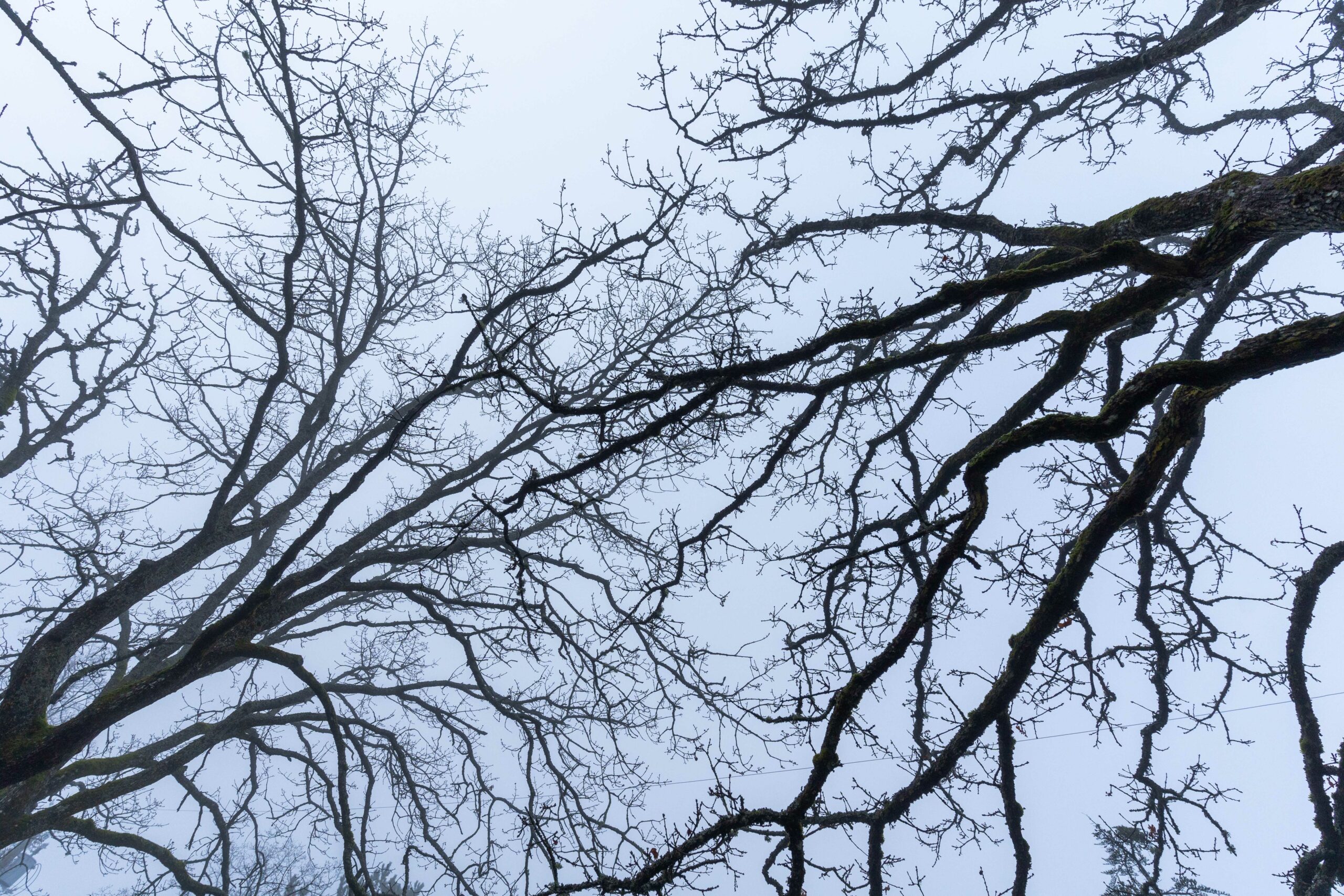
“If you want to achieve a certain building density, then you have very strong standards that say, ‘well, the building footprints have to be limited to protect the green infrastructure that is to protect the larger community.’ ” These type of protections should have been built into Bill 44, Sheppard says.
Documented health benefits from urban green spaces include fewer mental health problems, longer life expectancy, a boost in cognitive functioning, healthier babies and better moods. In addition to sequestering carbon and increasing biodiversity in cities, urban green spaces also mitigate air pollution, heat and noise levels. According to a green space rule of thumb developed by urban forester Cecil Konijnendijk, every citizen should be able to see three decently sized trees from their home, have a 30 per cent tree canopy cover in their neighbourhoods and live within 300 metres of an urban park or green space.
While Sheppard supports increasing density and the general aim of the new housing legislation, he says the legislation in its current form “is in danger of rolling over a whole series of things around green infrastructure, synchronicity of urban forest — matters of health and safety and character — that are really important to people. And I don’t see those safeguards in there.” Also absent from the legislation are the words “green infrastructure” and “urban forests,” he notes.
And you can have too much density, he adds. “We need it in the right places, done the right way. And I’m not confident yet that the supporting sort of guidance and requirements — standards, if you like — are there to protect these other values, and other ecosystem benefits and lifestyle benefits that people want, and are very attached to.”
Get the inside scoop on The Narwhal’s environment and climate reporting by signing up for our free newsletter. On a warm September evening nearly 15...
Continue reading
Between a fresh take on engagement and our new life on video, our team is...

The public has a few days left to comment on Doug Ford’s omnibus development bill....

115 billion litres, 70 years to fix, $5.5 billion in lawsuits
